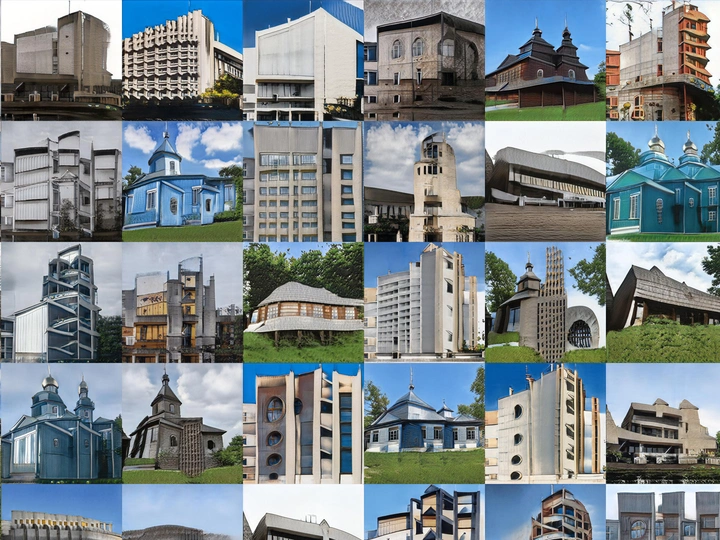Memory In Motion: Architecture of Perseverance

Bogdan is a multi-disciplinary artist and architect from Ukraine based between New York and Kyiv. In 2012 graduated from New Jersey Institute of Technology, Faculty of Architecture and Design. Since 2018, has been operating his independent practice, driven by a desire to enhance responsive environments through applied design, spatial installations, and diverse architectural projects rooted in urban and social research across different scales. Interested in creating reactive interventions that adapts to dynamic changes of our living environment. His current research focus lies on post-war reconstruction strategies to stimulate a critical dialogue on this topic among architectural and civic communities.
Past presentation of work and participations include Independent School For the City (Rotterdam, NL) Fantazery audio-visual festival in (Dragobrat, Ukraine) 2021 CAADRIA Conference, (Hong-Kong, China) Urban Ethnography Lab (Berlin, Germany) and group exhibition at Greenpoint Gallery (Brooklyn, US) .
Architecture is a container of collective memory, once it is destroyed, connection to the continuity of history is in danger. How do we rebuild after a disaster? Architecture and the built environment are linked to the creation and recollection of memories because they trigger senses that are related to memory. How do we retain memory of what happened yet be able to transcend it? Healing is not a cosmetic process - but something that articulates differences both deeply divides and joints together. However, with globalization of the world, a sense of place is being lost. Worldwide, megapolises morph one into another, while rich cultural heritage fades into the background. Ukraine, throughout history did not have a clear architectural style and thus identity within it. Looking throughout history we can notice four distinct genres that make up the bulk of what can be seen within the country - Byzantine architecture of Kyivan Rus’, European and Ukrainian Baroque, traditional architecture (often found in small villages and wooden churches) and lastly Soviet Modernism. Yet when the war is over, in what style do we build, and still retain collective memory and identity? Memory in Motion proposal is a framework rather than a solution. Using Machine Learning, it blends these styles to create a unique, arguably distinct Ukrainian architectural language. The new ways of living will not be the same as the old. Protocols of human interaction are changing. The reconstruction of old architecture must enable progressive yet mnemonic ideas for the new domestic habitat. The familiar old must be transformed, by conscious intention and design, into the unfamiliar, radical new.